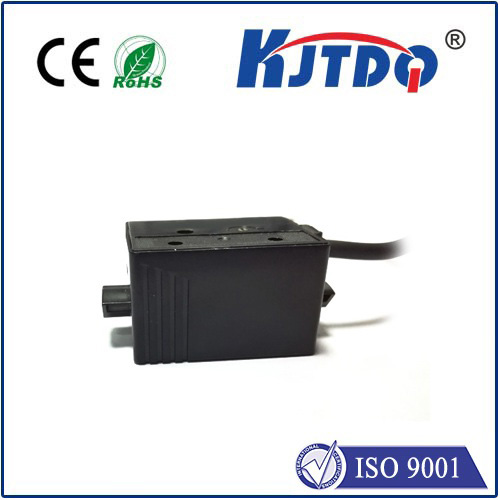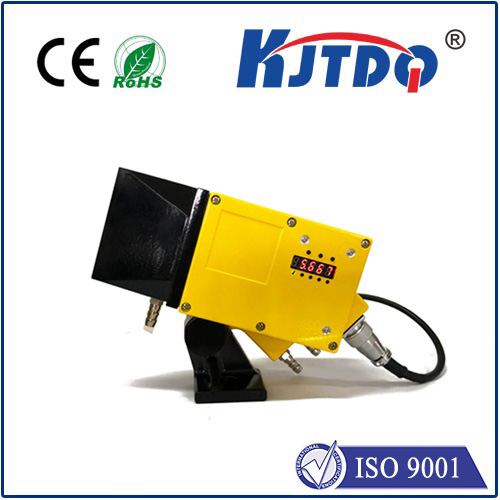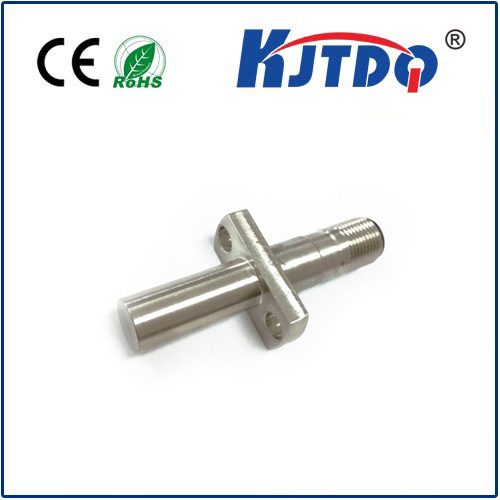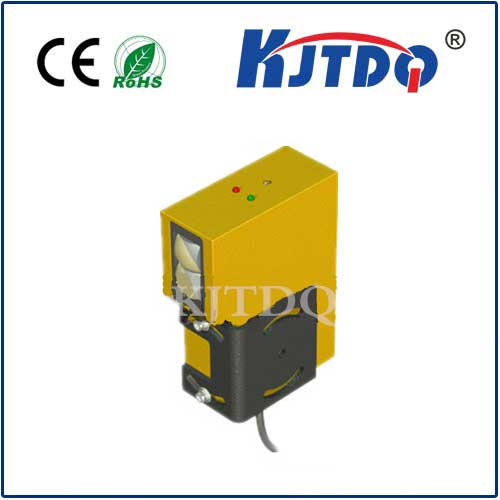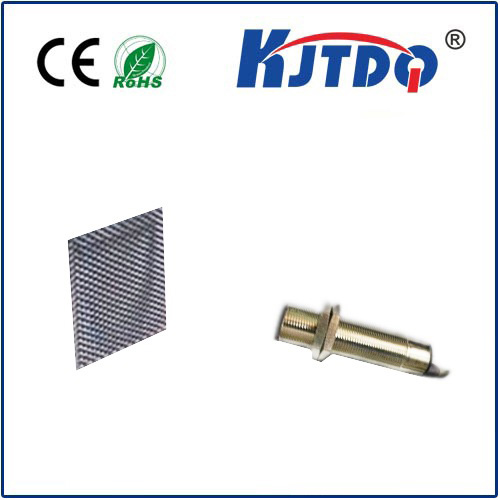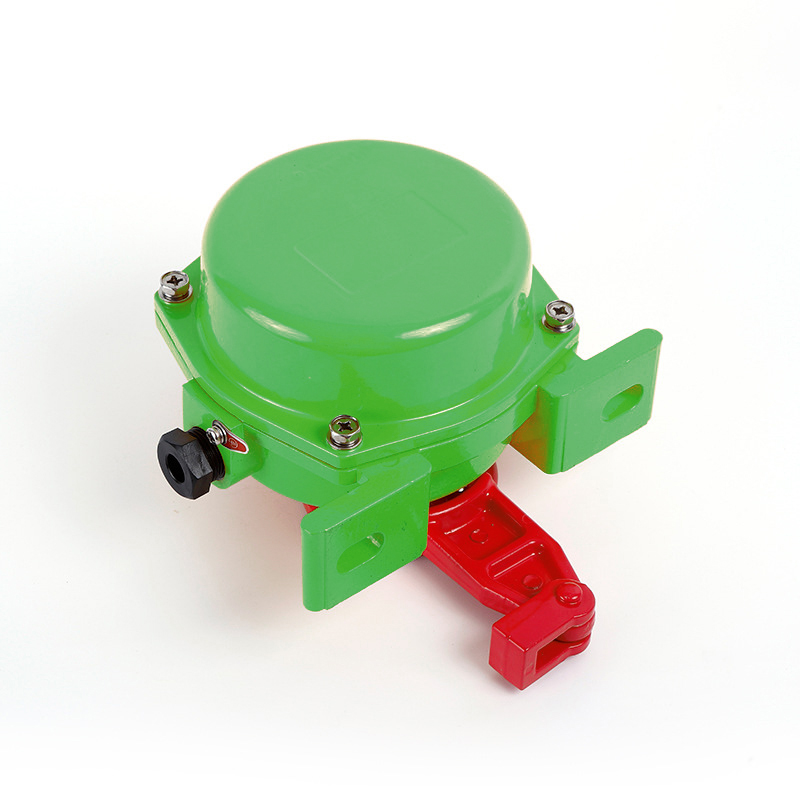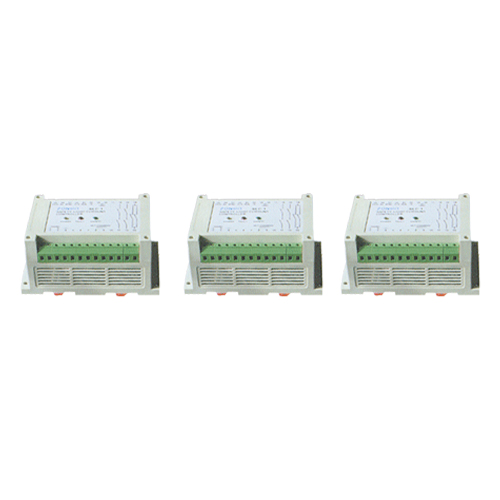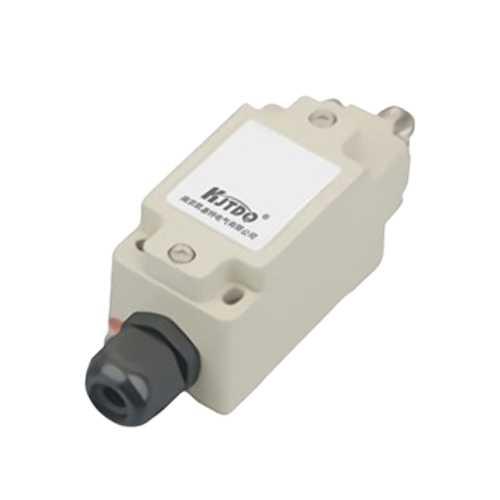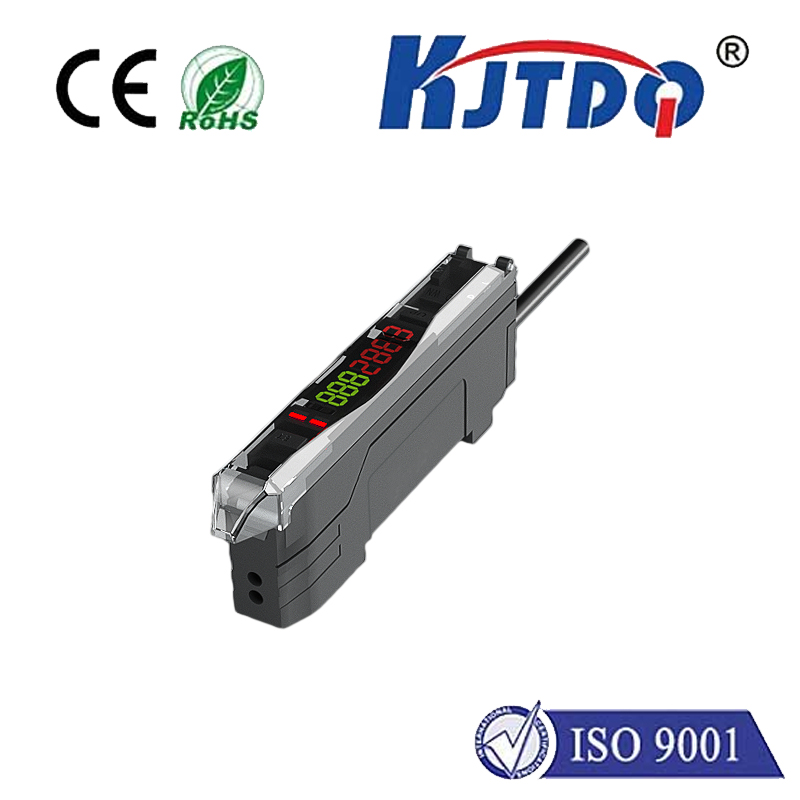inductive coil sensor
- time:2025-06-18 02:20:31
- Click:0
Inductive Coil Sensors: The Invisible Workhorses of Modern Industry
Imagine a world where machines can “sense” metal objects without ever touching them. Where production lines automatically count passing cans, robots avoid collisions, cars detect parking poles, and factories know the exact position of components – all silently, reliably, and often unseen. This is the remarkable reality enabled by inductive coil sensors, fundamental components underpinning countless modern applications. These ingenious devices translate subtle changes in an electromagnetic field into actionable electronic signals, acting as the invisible feelers of the automated world.
The Core Principle: Harnessing Electromagnetic Induction
At the heart of every inductive coil sensor lies a fundamental principle discovered by Michael Faraday: electromagnetic induction. The sensor’s core component is precisely that – a coil of wire wound around a ferromagnetic core, typically iron or ferrite. When an alternating electrical current (AC) passes through this coil, it generates an oscillating electromagnetic field around it.
The magic happens when a conductive target object enters this dynamic field. Eddy currents are induced within the target. According to Lenz’s Law, these eddy currents then generate their own opposing electromagnetic field, which interacts with the sensor’s original field. This interaction alters the electrical properties seen by the sensor’s coil – primarily its inductance and impedance. Crucially, the magnitude of this change depends heavily on the distance between the sensor’s active face and the target (the air gap) and the material properties of the target (its conductivity and magnetic permeability).
The sensor’s integrated electronics continuously monitor these electrical characteristics. Sophisticated circuitry detects and processes these subtle changes. When the change surpasses a predefined threshold – effectively meaning the target is close enough to significantly disrupt the field – the sensor’s output state switches. This switch can be a simple on/off signal, indicating the presence or absence of the target, or, in more advanced models, an analog signal representing the precise distance.

Why Materials Matter: Target Considerations
Not all materials interact equally well with inductive sensors. Their effectiveness hinges on the target’s ability to generate significant eddy currents.
- Ferromagnetic Metals (Iron, Steel, etc.): These are the ideal targets. Their high magnetic permeability significantly concentrates the sensor’s magnetic field, and their good electrical conductivity allows strong eddy current generation. This dual effect provides the strongest signal, enabling the longest possible detection ranges.
- Non-Ferromagnetic Metals (Aluminum, Copper, Brass, etc.): These materials rely solely on their electrical conductivity for eddy current generation. While still detectable, the absence of magnetic permeability means the detection range is typically reduced compared to steel, often by 30-60% depending on the specific alloy and sensor configuration.
- Non-Conductive Materials (Plastic, Wood, Ceramic, Paper, etc.): These materials do not generate eddy currents. Standard inductive coil sensors cannot detect these materials directly. Their presence has negligible effect on the sensor’s field. Special capacitive sensors are used for non-conductive targets.
Key Advantages Driving Widespread Adoption
Inductive sensors enjoy immense popularity in industrial and automotive settings for compelling reasons:
- Non-Contact Operation: There is no physical wear and tear between the sensor and target, leading to exceptional long-term reliability and maintenance-free operation in harsh conditions.
- High Reliability & Speed: Capable of operating reliably at extremely high speeds (often millions of operations), detecting objects moving past at several kHz. Their solid-state nature contributes to longevity.
- Robust Construction: Typically housed in rugged, sealed materials like nickel-plated brass, stainless steel, or high-grade thermoplastics (PBT). This grants superb resistance to dust, dirt, oil, moisture (IP67/IP68/IP69K ratings common), and mechanical impacts.
- Insensitivity to Surface Conditions: Performance is generally unaffected by target surface dirt, oil, or water (unlike optical sensors), making them ideal for messy industrial environments.
- Cost-Effectiveness: Relatively simple manufacturing principles make them a very economical sensing solution, especially for metal presence detection tasks.
Diverse Applications Across Industries
The unique capabilities of inductive coil sensors make them indispensable across numerous sectors:
- Industrial Automation: The undisputed king for object detection on conveyors (counting, presence/absence), position verification of parts in machinery, end-of-stroke detection for cylinders, speed monitoring (via gear tooth sensing), fill level detection of metal containers, and metal sorting. Their robustness is essential on factory floors.
- Automotive Manufacturing & Systems: Found throughout vehicle production lines for part verification and robot positioning. Within the vehicle, they serve as proximity sensors for park assist systems, detect throttle/brake pedal position, monitor wheel speed for ABS/ESP systems (though Hall effect sensors are also common here), and sense gear position in transmissions.
- Consumer Electronics & Appliances: Used in domestic washing machines to detect drum imbalance or position, dishwashers for water level sensing (using a float with an embedded metal target), and even in some smartphones for inductive charging alignment.
- Security: Form the backbone of walk-through metal detectors used in airports, public buildings, and sensitive sites. Ground search metal detectors also utilize the principle, though often with larger coils.
- Material Handling & Packaging: Detect metal components, cans, or foil seals on high-speed lines, ensuring correct product handling and packaging integrity.
Choosing the Right Inductive Sensor
Several factors influence the selection of the optimal inductive coil sensor for a specific task:
- Sensing Distance (Sn): The rated nominal operating distance for a standard steel target. Critical for mechanical design – ensure sufficient clearance.
- Target Material: Determine if the target is ferromagnetic steel, non-ferrous metal (like aluminum), and factor in the resulting reduction factor for non-ferrous materials.
- Output Type: Decide between a binary switch (NPN/PNP transistor, NO/NC) or an analog output (e.g., 0-10V, 4-20mA) providing continuous distance information.
- Housing Shape & Size: Cylindrical (M8, M12, M18, M30 are common sizes), rectangular (slot style often used for position feedback), or specialized high-temperature shapes. Size impacts installation space and sensing distance.
- Connector Type: Choices include fixed cables, various plug types (M8, M12), or quick-disconnect options.
- Environmental Factors: Consider required ingress protection rating (IP code), resistance to chemicals or welding spatter, and operating temperature range.
Beyond Simple Switches: Enhanced Capabilities
While the fundamental proximity switch remains the most common type, development continues:
- Analog Output Sensors: Provide a continuous distance signal proportional to the target gap, enabling precise position measurement.
- Factor 1 Sensors: Engineered specifically for non-ferrous targets like aluminum or copper, offering significantly extended detection ranges compared to standard sensors used on these materials.
- High-Temperature Models: Utilize specialized materials and designs to withstand environments exceeding 150°C, even up to 200°C or more.
- Welding-Robust Sensors: Incorporate extra shielding to survive the intense electromagnetic interference and physical spatter encountered in welding cells.
- IO-Link Enabled Sensors: Incorporate digital communication (IO-Link) for diagnostics, parameter setting, and advanced process data transmission, fitting into modern IIoT (Industrial Internet of Things) frameworks.
From monitoring the precise alignment of robotic arms assembling jet engines to counting soda cans hurtling down a bottling line, inductive coil sensors perform millions of critical detections daily with unwavering reliability. Their blend of fundamental physics, robust engineering, and adaptability ensures they will continue






